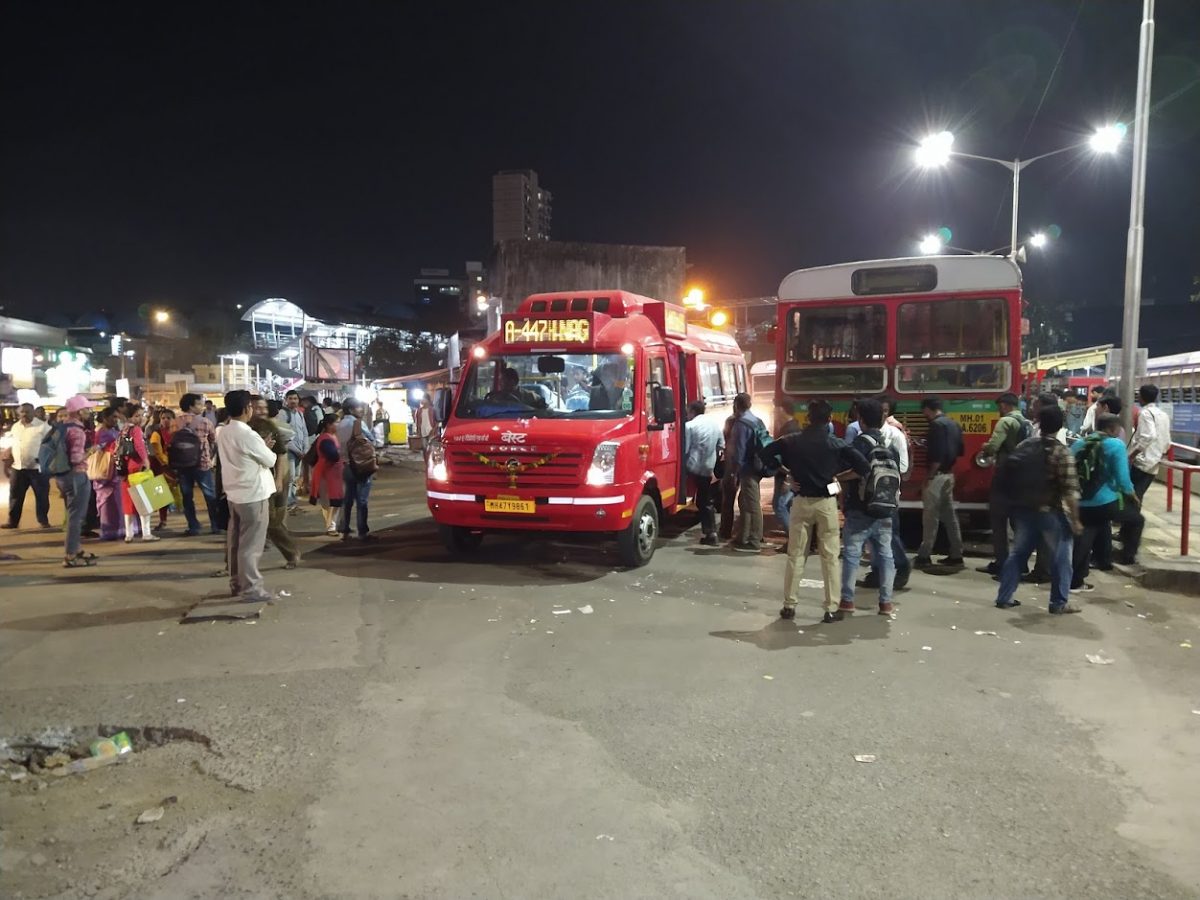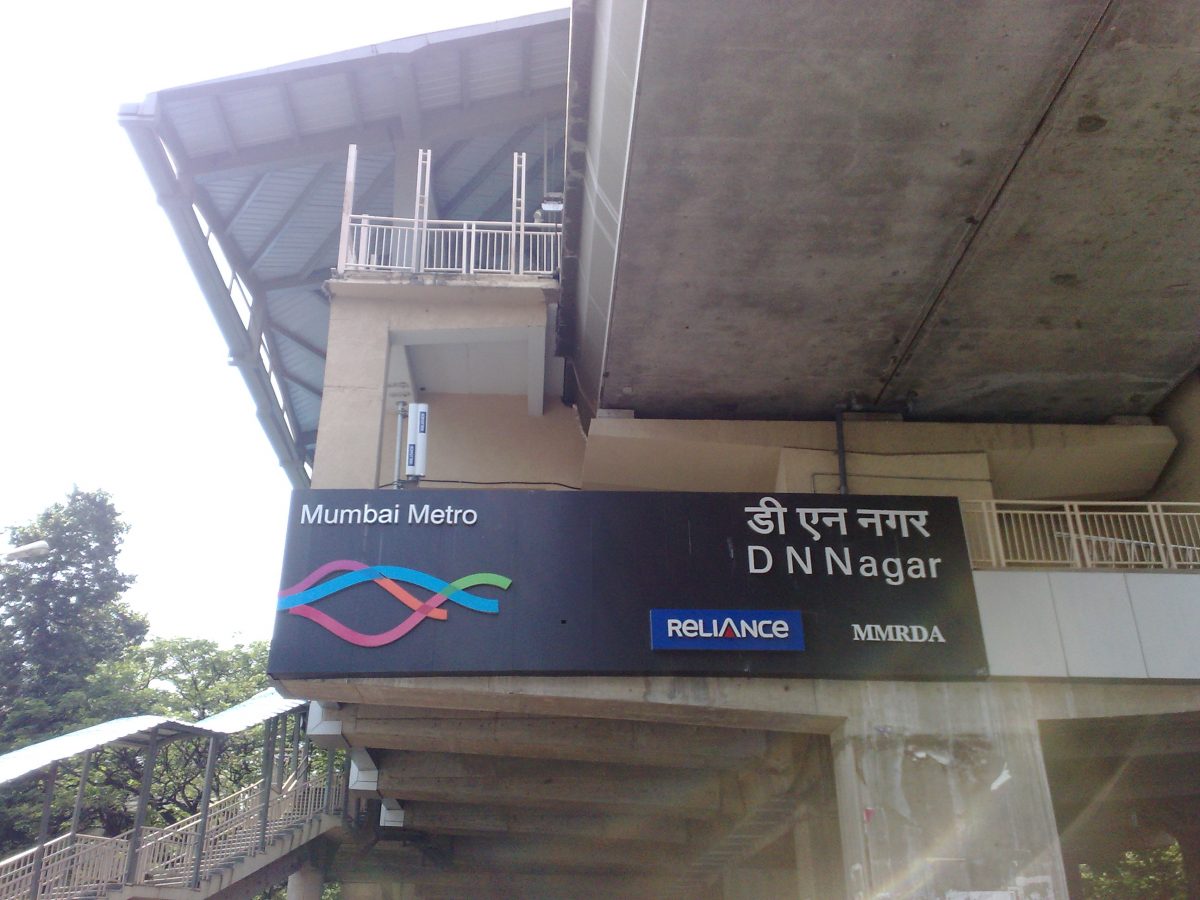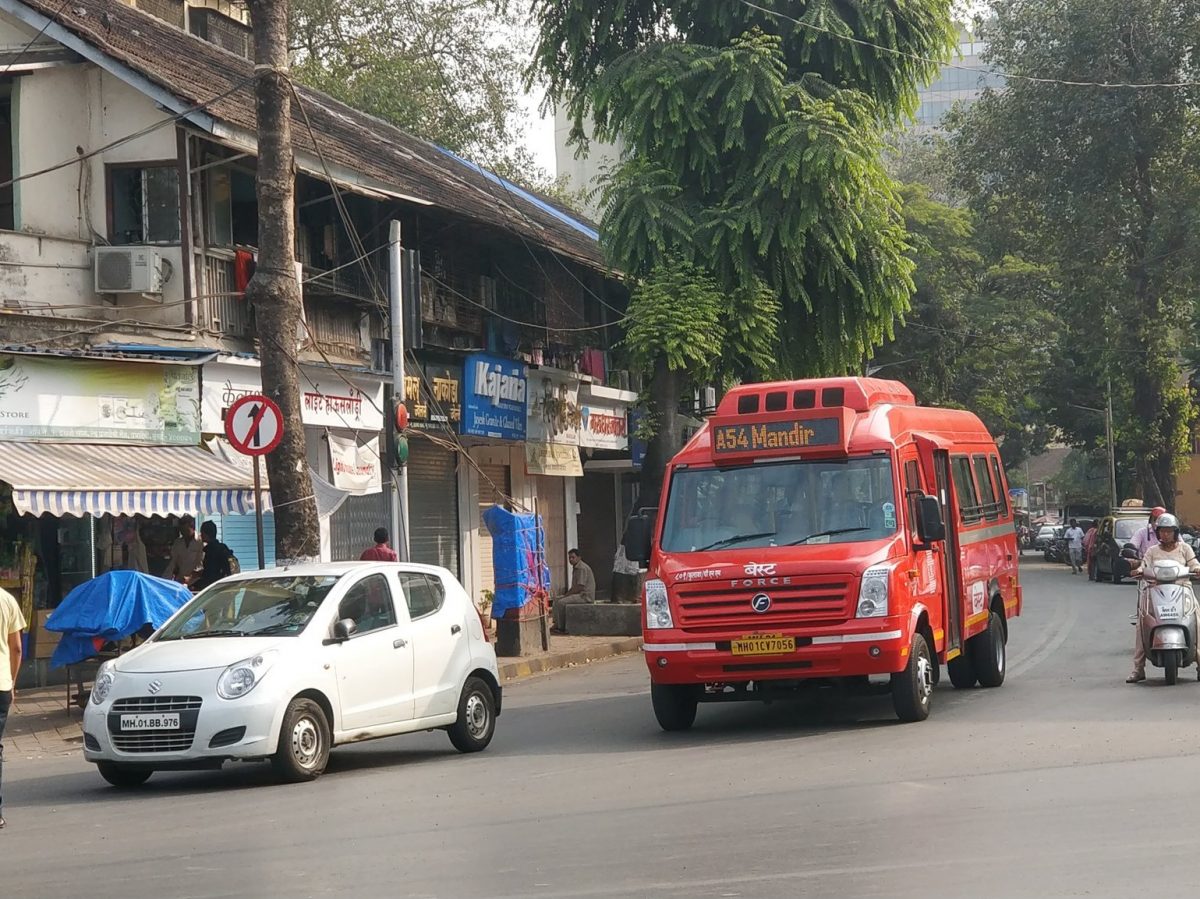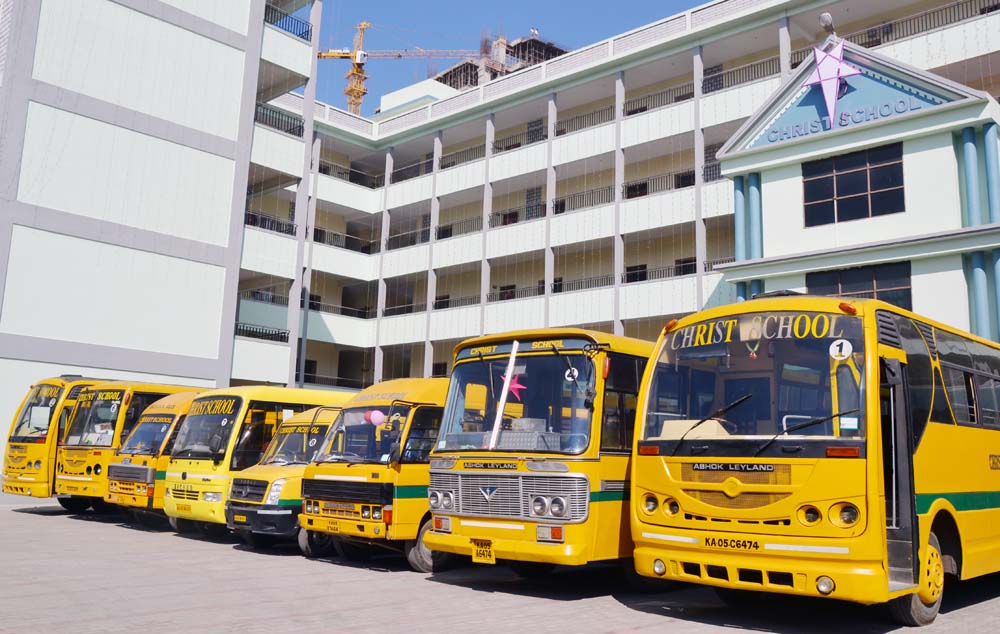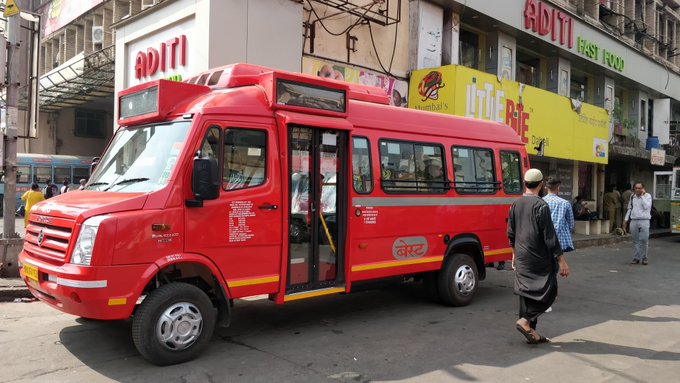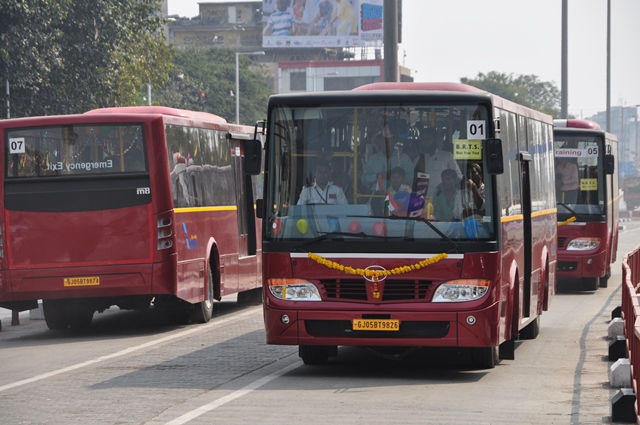This last month, I took two trips on two of BEST’s Midi-buses. A Midi-bus, is a slightly larger bus than a mini-bus, a medium-sized bus to be precise. The non-AC equivalent of this is what currently plies on routes such as 627 (from Andheri Bus Station (West) to Mora Village (Juhu)). Below is an example of what it looks like.

Now, at this juncture, I’d like to state that BEST currently operates four different types of air-conditioned buses, all of which are of different power types. It operates Diesel-powered minibuses manufactured by Force Motors, CNG-powered midibuses manufactured by Tata Marcopolo, electric midibuses manufactured by Olectra (formerly Goldstone; in partnership with BYD) and Diesel-Electric hybrid full length buses manufactured by Tata Motors under the Starbus brand.
I took the Olectra on Route A-302 that operates from Maharana Pratap Chowk (R Mall/Mulund Check Naka Bus Station) to Rani Lakshmi Chowk (Sion Circle). The bus belongs to the Dharavi/Kala Killa depot and is owned by Olectra (identified by OL next to the depot code) on a wet lease. I boarded the bus at Sarvodaya Hospital in Ghatkopar to Sion. I took the Tata Marcopolo on A-77 from Byculla Station (West) to Breach Candy Hospital. The bus belongs to the Mumbai Central depot and belongs to SMT ATPL Associates (identified by SAA next to the depot code), again on a wet lease. I boarded this bus from Mahalakshmi Station (West) to Breach Candy.
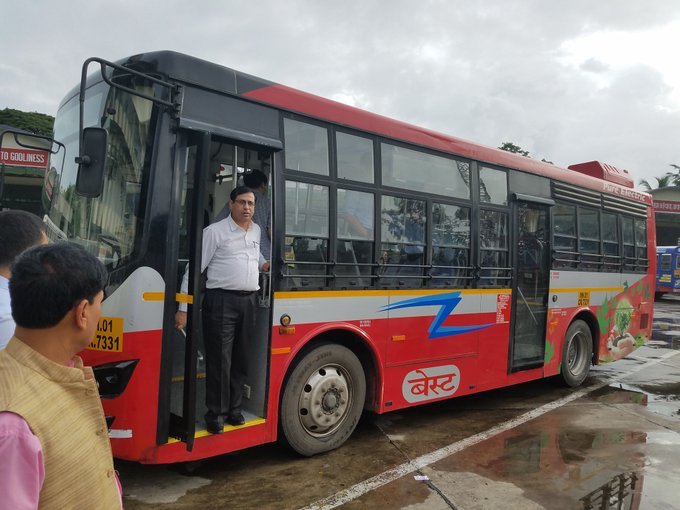
On the outside, both buses are similar in length and have two doors. The Olectra has a Centre door (that is used) while the Tata has a Rear door (rarely used). On the inside however, the Olectra has standard 2×2 seating, while the Tata has 2×1 seating similar to the minibuses. It has 2 seats per row behind the driver and one on the left. Both buses do have a bell pull, on the left side like the regular buses. The Force minibuses have their bellpull on the right side however.
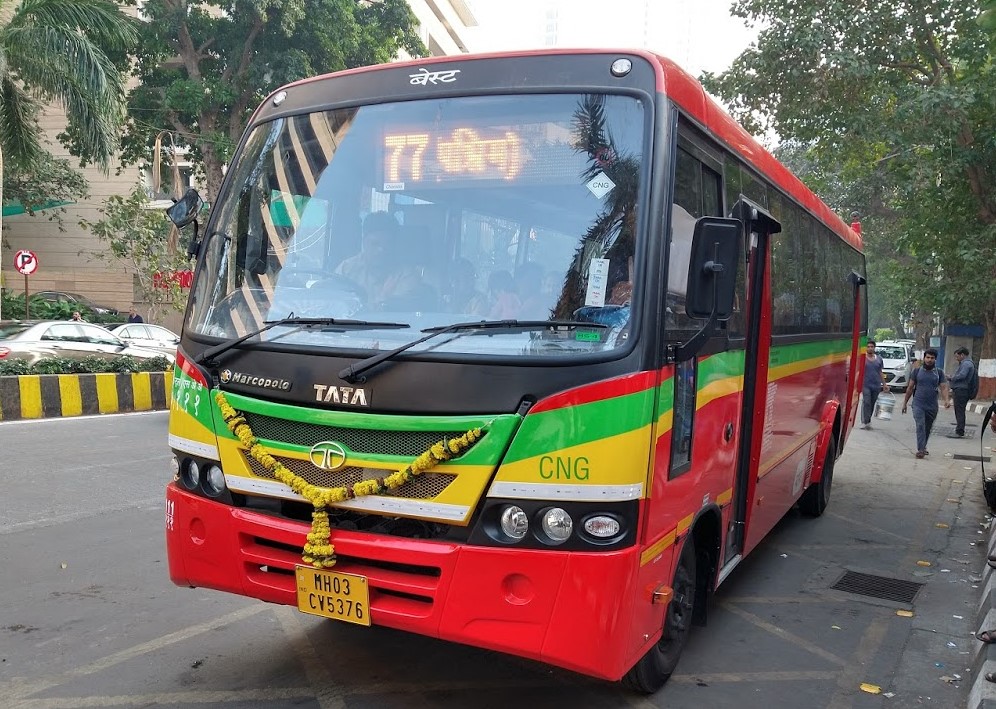
Except on the rows with emergency exits (penultimate seats), both buses have USB charging points inside them. While Olectra has them at the waist level, Tata has them below the seat, much like the charging points in long distance buses.
At this point, I’d like to say, please note: While charging your phones in public spaces, keep phones on flight mode. There are numerous reports of Juice Jacking going around. Juice Jacking reports to using the USB port of your device at an unsecured, public charging point to steal data. Of course, it is reassuring that Mikko Hyppönen of F-Secure said that Juice Jacking is theoretically possible but is never seen practically.
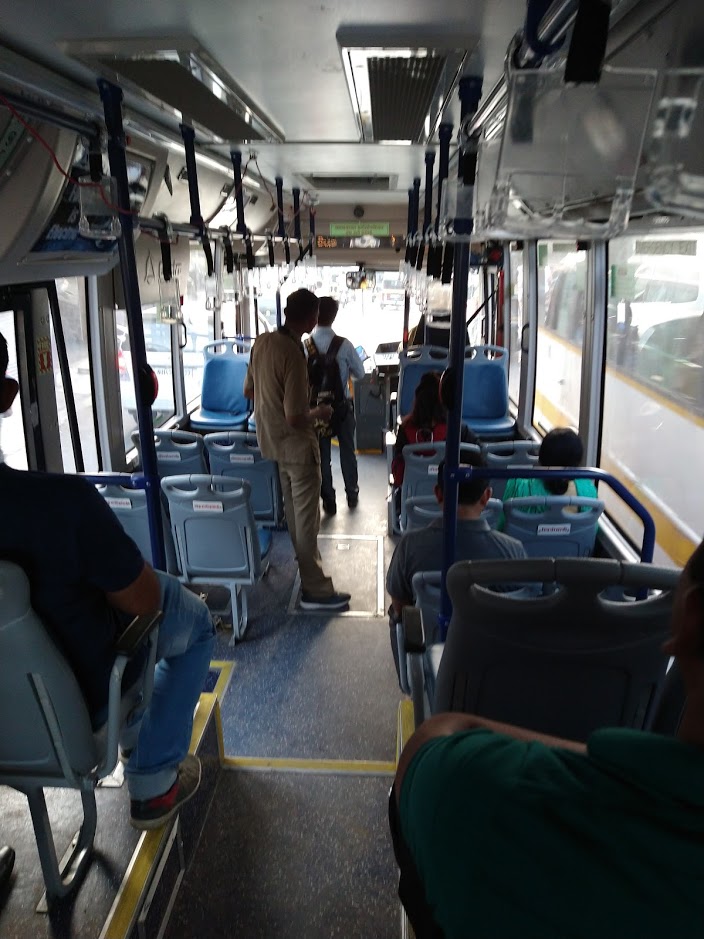
The air-conditioning on the Tata is far ahead of the Olectra. At some point between Ghatkopar and Sion, it became stuffy inside the Olectra and that is not a good sign at all.
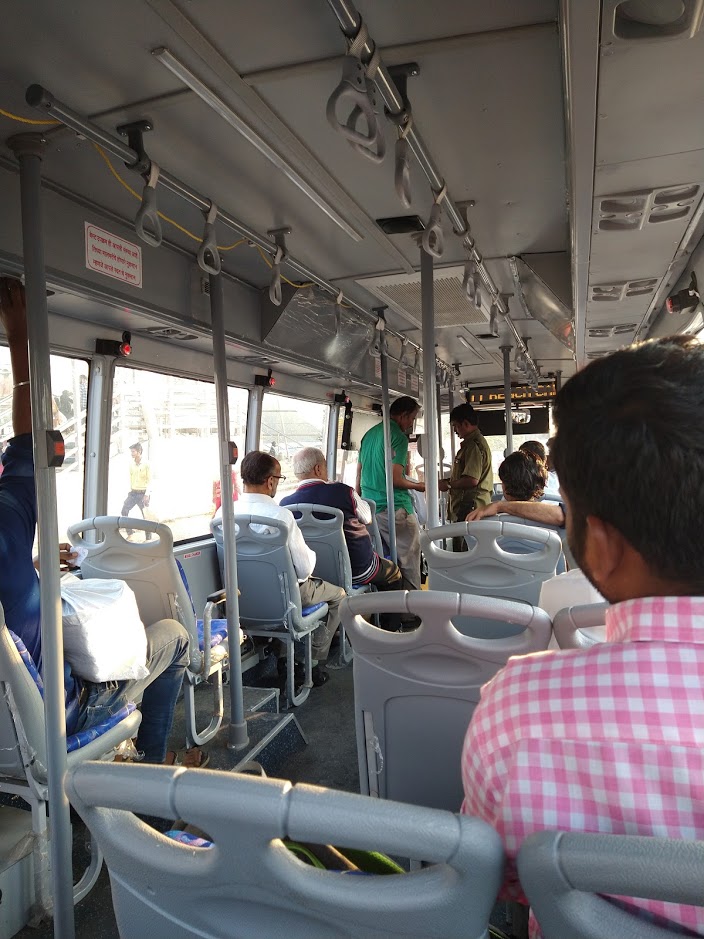
BEST has also launched the Olectra on A-352D. Non-AC versions of the Olectra also operate on 302 that shares the same route as A-302. The Tata CNG also operates on A-155 from Grant Road Station (West) as a Ring Route via Tardeo, Haji Ali, Jaslok Hospital, Cumbala Hill Post Office, August Kranti Maidan and Nana Chowk.
BEST also launched A-218 from Dadar Station (East) to KEM Hospital via Phalke Road, Hindmata Cinema on Dr B. R. Ambedkar Road. Presumably this belongs to the Wadala Depot. I also took a ride on A-112 from Ahilyabai Holkar Chowk/Churchgate Railway Station to the Gateway of India. The minibus is attached to the Colaba Depot and is owned by PNM Transport and Mobility Limited, identified as PNM on the body of the bus.
That’s all from me for this time. Till next time, keep taking the bus..
Featured image: BEST’s Tata Marcopolo CNG midibus (Left) and BYD Olectra Electric Midibus (Right) [Srikanth Ramakrishnan]
![]()


